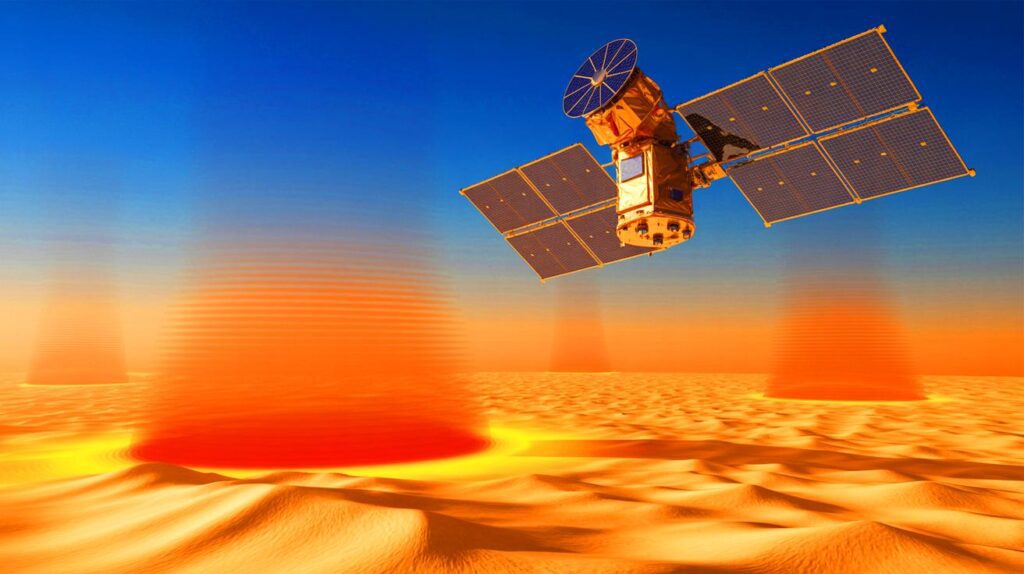Scientists have recently identified Iran’s Dasht-e Lut and Mexico’s Sonoran Desert as some of the hottest places on Earth, challenging the long-held record of Death Valley. Utilizing advanced satellite technology, particularly NASA’s MODIS sensors, researchers have revealed surface temperatures exceeding 176 degrees Fahrenheit in these deserts, significantly altering our understanding of extreme heat.
Death Valley has been known for its extreme heat, with a historical record of 134°F, but this measurement is based on air temperature rather than ground temperature. Ground temperatures can be significantly higher, highlighting the limitations of earlier data collection methods. The new satellite technology allows for precise mapping of thermal extremes, revealing that the Dasht-e Lut’s volcanic rock and geographic features create a heat trap, currently holding a record temperature of 177.4°F.
These findings have broader ecological implications, affecting local ecosystems, infrastructure, and climate adaptation strategies. Extreme temperatures can distort roads and infrastructures, increase maintenance costs, and challenge sustainable development plans. As climate models are reassessed in light of this new data, key questions arise about how societies and ecosystems will adapt to a rapidly changing thermal landscape.
Source link


